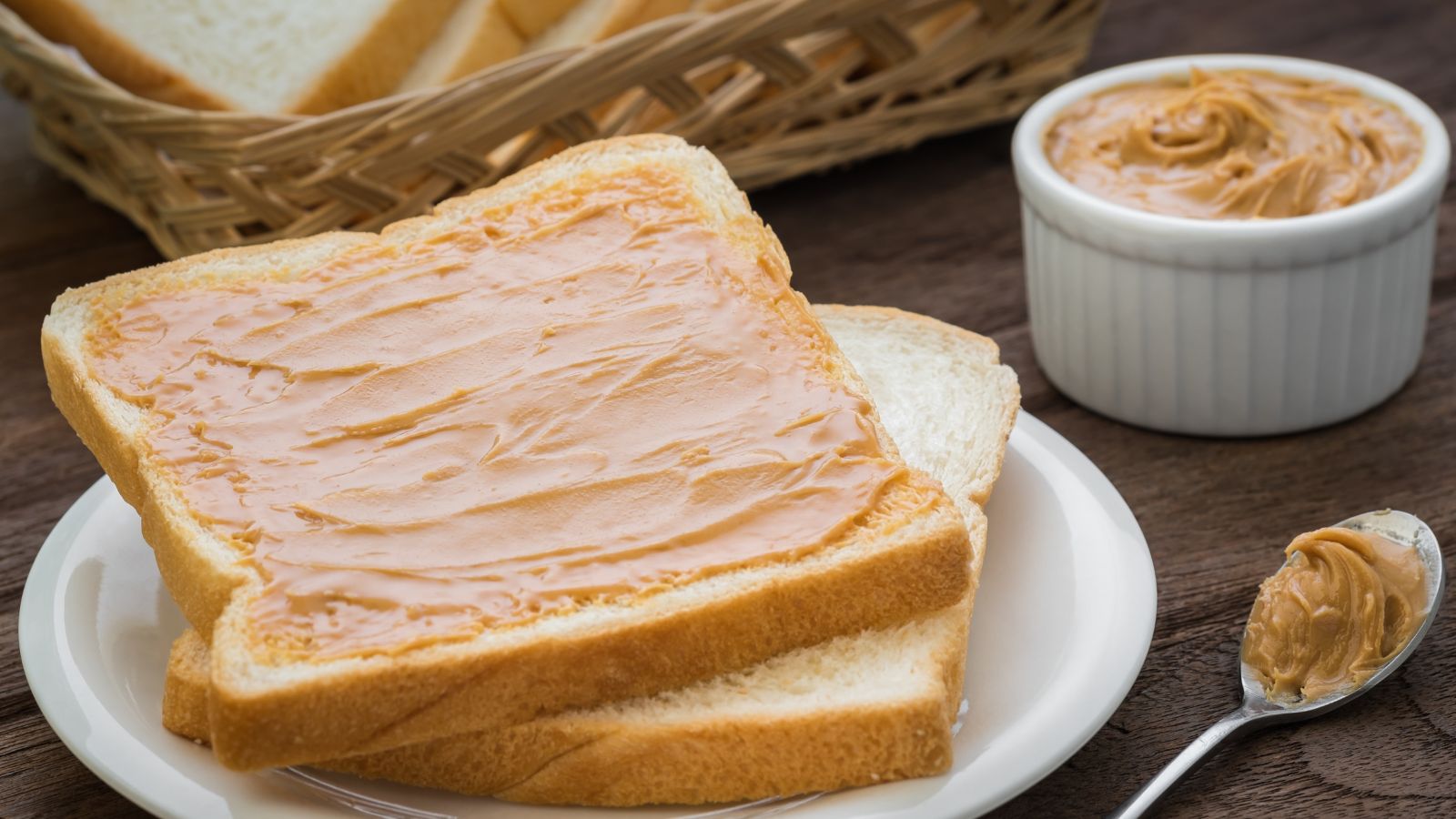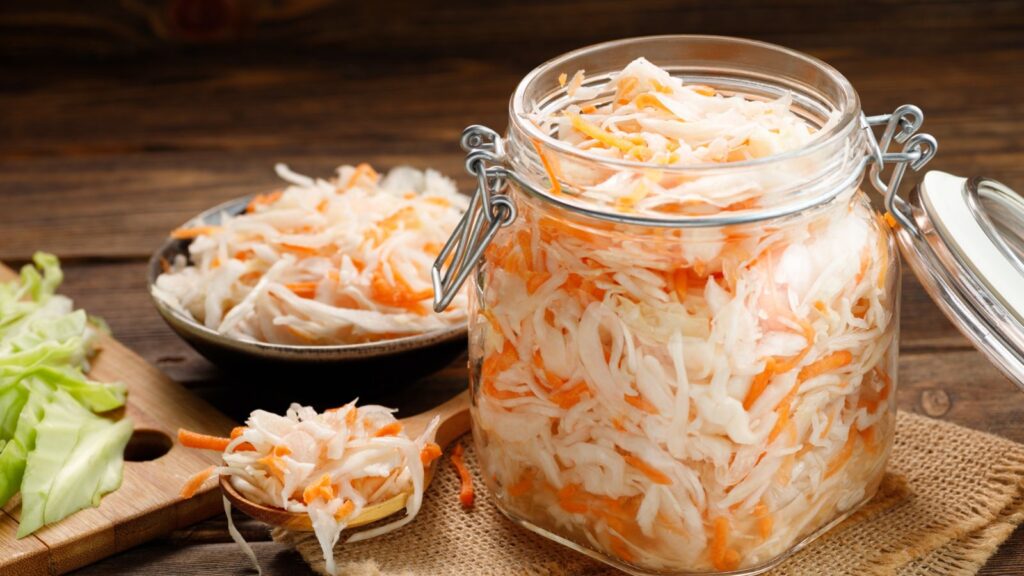The Great Depression forced people to become resourceful in order to feed their families on limited means. This era gave rise to numerous budget-friendly, yet hearty and comforting dishes that sustained households through tough times, so let’s take a look at some of these creative recipes that defined the period.
Meatloaf

Meatloaf became a staple during the Great Depression and is still enjoyed today. People would use whatever ground meat they had and combine it with stale bread crumbs and seasonings to create a budget-friendly and filling meal. It was often served with mashed potatoes for a hearty dinner.
Molasses Cookies

Molasses was often used as a cheaper sweetener alternative, considering the scarcity and price of sugar. And so, molasses cookies were born—a simple yet delicious treat popular across various regions of the nation.
Spam

Spam emerged in 1937 as a convenient canned meat product made from “pork, salt, water, sugar, potato starch, and sodium nitrite,” as shared by Time Magazine. It gained popularity during World War II and was fried, eaten in sandwiches, with eggs, next to potatoes, and so on. It’s still eaten today, but less commonly.
Kraft Macaroni & Cheese

Another product launched in 1937 was Kraft mac & cheese, marketed as a quick and easy meal option. People were used to having to buy fresh cheese, so the introduction of the patented instant cheese powder was very convenient and budget-friendly. It sold over 9 million boxes in its first year!
Potato Soup

A very economical meal, this soup was made by boiling potatoes and any other available vegetables until soft, then mashing them down in the water and adding some milk. If the cook had any meat to spare, this would be added for extra nutrition. It may not sound too appetizing to us, but it was popular during both the Great Depression and World War II.
Cornbread

Cornbread is still a staple side dish in the South, though it was originally made with just yeast, cornmeal, and water. Simple and filling, this dish highlights the ability of those at the time to use basic ingredients to make something delicious.
Rabbit Stew

Rabbit was an affordable and accessible protein source back in the day. In fact, it’s still encouraged that we eat it today. “Rich in [high-quality] proteins, omega-3 fatty acids, vitamin B12, and minerals like calcium and potassium, rabbit meat is also lean and low in cholesterol,” as per Eater. During the Depression, rabbits were easy to catch and raise, and stew was a popular way to eat them.
Dandelion Salad

The thought of eating flowers might put you off, but don’t knock it until you try it! This Depression-era salad was made from easily available dandelions, topped with tomatoes and vegetables, and often dressed. It represents the resourceful use of available plants!
Pigs in a Blanket

One meal that still sounds delicious today is pigs in a blanket—essentially hot dogs wrapped in biscuit dough, fried or baked. Hot dogs were a staple meat item during the era and the addition of dough made them all the more tasty. This dish was popular among children and adults alike.
Sauerkraut

Sauerkraut, a cheap source of vitamins, is made from thinly sliced, raw, fermented cabbage. As cabbage was a staple at the time, it was a great way to preserve it, and eating it was a budget-friendly way to get vitamins. It’s still highly popular, especially in Germany.
Peanut Butter Bread

Supposedly similar in taste to today’s peanut butter cookies, this delicious treat was made with just a few ingredients, excluding butter, eggs, or yeast, which could be hard to come across at the time. It’s a dish that illustrates the simplicity and affordability of baking.
Shepherd’s Pie

Shepherd’s pie originated in Europe and became popularized in the U.S. during the Great Depression. According to Greatist, it’s essentially “ground meat cooked in gravy, onions, carrots, celery, and a mashed potato crust.” It was a resourceful way to use leftovers, and it is still enjoyed today!
Stovetop Goulash

A mixture of ground meat, tomatoes, macaroni, and spices makes up American goulash, representing culinary ingenuity during tough times. People would also add other things they had in the pantry like kidney beans, cans of peas, and so on. It remains a classic American comfort food to this day.
Grape Pie

America still adores its pies, but you don’t often hear of grape pie. This was made during the Depression with available grapes out of necessity as a delicious and unique dessert option. Grape pie reflects the resourcefulness of the era.
Potato Pancakes

If there was one thing readily available during the Great Depression, it was potatoes. These vegetables were both versatile and affordable at the time, making up many dishes, like potato pancakes. They were made with various ingredients for different flavors.
Fried Dough

Fried dough, otherwise known as fried bread, was a comfort food much loved by soldiers, according to the Salvation Army. People would simply fry bread dough in oil and top with a sprinkle of sugar as a makeshift donut. It represents the straightforward and frugal cooking of the time.
War Cake

This cake was created during World War II when people were surviving on food rationing. The name might not be very inventive, but the cake sure was! It was made with lard, hot water, sugar, cinnamon, and a few other ingredients—a testament to culinary creativity under constraints.







